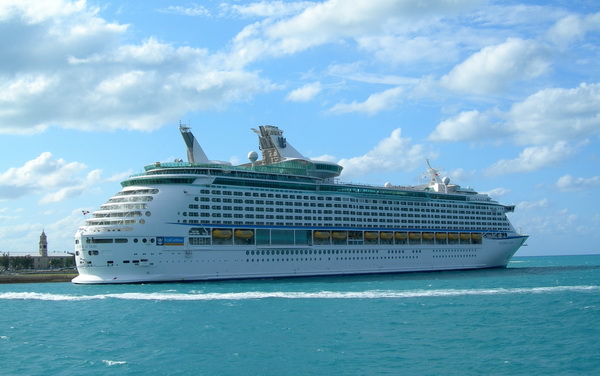Common causes of slip and fall accidents on cruise ships
Here are several reasons why you could experience a slip-and-fall accident on a cruise and what steps to take next.
Nothing can be more relaxing than a cruise ship vacation. You could take your entire family along and enjoy exotic destinations. Experiencing life on a cruise is nothing less than royalty, but a few minor inconveniences can transform your perfect memory into something disturbing.
One such example is facing an accident on your cruise ship. Like any place, you could also experience a distressing slip and fall injury on a cruise. It could lead to injury, bone damage, or even trauma. Your trip would no longer be enjoyable, and you might wish to sue the management.
If you feel your injury could have been avoided if the staff had been more careful, it would become a legal matter. Here are several reasons why you could experience a slip-and-fall accident on a cruise and what steps to take next.
Wet decks
The leading cause of most slip-and-fall accidents is wet surfaces, and this is particularly relevant on cruise ships. Surrounded by water, a cruise ship is susceptible to wet floors due to factors such as rain and ocean spray. Therefore, it is imperative to ensure that these surfaces are adequately dried to prevent accidental trips and injuries.
Even though cruise ship staff members claim to clean and dry decks according to a routine, there is a need to be extra careful. After all, a cruise ship has all kinds of passengers, including adults, the elderly, and children. If someone trips over a wet surface, they could fracture a bone or sustain injuries to their head.
Cruise members must be vigilant and not let any surface remain wet. Using proper drainage systems and drying machines is the most viable option. In case, someone experiences a fall due to wet floors, it becomes a case of negligence, and the victim can file a lawsuit.
If you don’t know how to sue a cruise line, meet with a lawyer and get to know everything in detail. Under no circumstance should you leave the opportunity to punish your perpetrator.
Lack of proper signage
You can prevent accidents by using adequate signage. Yes, proper signage plays a crucial role in keeping cruise ship passengers safe.
Display appropriate signs if an area is wet, under renovation, or has any other issue. It allows passengers to keep themselves away and safe from such zones.
Your ship might host people from different ethnicities, so keep in mind their language while displaying these signs. Your signs should be readable by everyone on board.
In addition to being multilingual, make signs prominent in size. That way, kids and adults can easily view the signage. The more careful you are, the lower the chances of mishaps.
Negligent behavior by cruise members
Another reason for most slip-and-fall accidents is the negligent behavior of people working on the cruise. Staff members might not be providing a safe environment to passengers which puts everyone’s life at risk.
For instance, if staff members are not timely reporting about hazards or don’t perform detailed inspections of ships, they could become the reason for someone’s injury.
Similarly, staff members must respond to passenger complaints and if anyone fails to perform their duty, they put another person’s life at risk. When cruise members show a lack of responsibility, passengers can register complaints against them and have them pay for damages.
Inadequate lighting
Having inadequate lighting on a cruise ship could also lead to multiple accidents. If people cannot properly see stairs and floors, they might miss a step and fall. So, cruise management should make sure to keep every area on their ship well-lighted.
Whether, daytime or night, maintaining adequate lighting is essential for passenger safety. You have several age groups on board, and not everyone will have perfect six-by-six eyesight. They might need extra light to spot the way.
When passengers can see obstacles, they save themselves from accidents and remain content with their stay.
Over crowding
During the holiday season, slip-and-fall accidents can be attributed to overcrowding or congestion on cruise ships. It is not uncommon for cruise ships to be crowded for several months, leading to elevated numbers of people in dining areas, theaters, and around pool facilities.
In such crowded environments, the risk of individuals being inadvertently pushed and experiencing a fall is high. It is, therefore, imperative for cruise lines to avoid exceeding their capacity. Some cruise companies, driven by profit motives, may admit more passengers than their vessels can safely accommodate, placing everyone on board at risk. Therefore, limiting passengers and providing clear pathways is a must if you wish to avoid accidents from taking place on your ship.
Uneven spaces
It’s common for cruise ships to have uneven surfaces or various deck levels. These surfaces and thresholds could also be a reason for passengers falling and hurting themselves. Anything from a height difference to an unusual angle could make the transition extremely difficult.
For such reasons, having railings in all areas and displaying warning signs of uneven surfaces could prevent accidents. Passengers should also be careful while moving from one deck to another.
